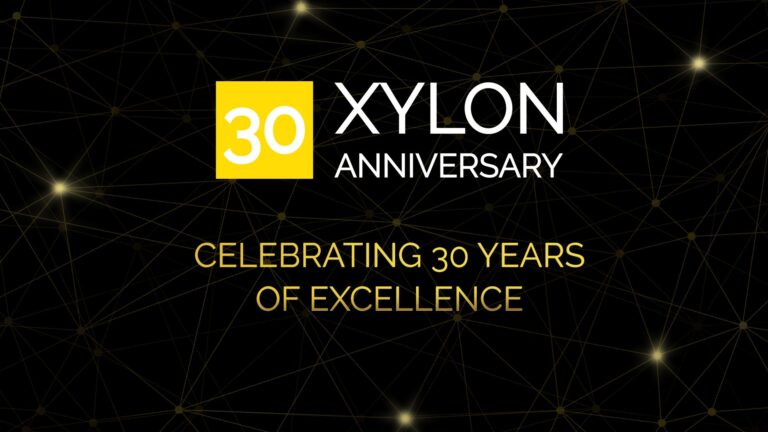Xylon marks its 30th anniversary in 2025. Over three decades, Xylon has consistently driven innovation in embedded systems, developing advanced solutions for automotive, defense, industrial automation, medical and other key sectors.
Founded in 1995, Xylon has grown through “continuous innovation, strategic partnerships and groundbreaking product developments”, it says. From its origins in FPGA-based graphics processors, the company has evolved into a provider of scalable, high-performance embedded solutions.
Three decades
Xylon has led advancements in embedded electronics, particularly in FPGA-based imaging and video processing. The past decade has seen rapid growth in its flagship platforms — logiRecorder and Xylon Quattro — used for automotive data logging and hardware-in-the-loop (HIL) simulation.
“We are incredibly proud to reach this milestone,” said Davor Kovačec, CEO of Xylon. “This anniversary is not only a celebration of our achievements but also a testament to the dedication of our team, the trust of our customers, and the support of our partners. We are more excited than ever about the future.”
Key Milestones
Founded in 1995 to deliver efficient embedded systems using Xilinx FPGAs, the company has achieved numerous milestones over the years. In 2000, it launched the logicBricks IP library and joined the Xilinx Alliance Program. A significant breakthrough came in 2004 with the first major automotive design win — an FPGA graphics processor deployed in over 500,000 infotainment units for a European OEM.
To support the Japanese market, Xylon Japan was opened in 2009. In 2010, the company introduced a four-camera surround view ADAS and a novel IP licensing model for prototypes and small production runs. The following year saw the release of a full-featured graphics processor with multi-OS support for the Xilinx Zynq 7000 SoC.
In 2013, the logiADAK Driver Assistance Kit was launched and adopted in production vehicles. The company expanded its vision IP portfolio in 2014 with an Image Signal Processing (ISP) pipeline and its first driver mnitoring system (DMS), with a patented multi-camera vehicle-level calibration method introduced in 2015.
In 2017, the logiRecorder 2.0 was released, supporting up to 12 video cameras and automotive networks, and that year also marked the deployment of the first logicBricks in space. By 2019, the logiRecorder 3.0 Automotive HIL Video with real-time hardware accelerators was launched and the HDR ISP IP Suite followed in 2021, enabling parallel Ultra HD video input processing with up to 50% less logic use.
In 2022, the company introduced a complete framework for Dynamic Function eXchange (DFX), enabling the “hot swap” of programmable chip modules. The Xylon Quattro L5 Autonomy Data Logging and HIL System and the ArtiEye Driver Monitoring System Technology Suite, were announced in 2023.
Most recently, in 2024, the HDR ISP IP Suite was enhanced with RGB-IR processing, and the logicBricks Vision AI Framework was launched to enable fast inference on AMD adaptive SoCs.
Looking Ahead
As it enters its fourth decade, Xylon says it remains focused on innovation, particularly in AI-driven vision solutions to support real-time decision-making and automation. The company is investing heavily in its data logging and HIL platforms, aiming to integrate AI for faster data processing and expanded simulation capabilities for rigorous testing and validation.
“We’re not just reflecting on the past,” added Kovačec. “We’re focused on shaping the next 30 years — bringing cutting-edge design services and embedded technology to the forefront.”
In related news, Tier IV has launched a starter kit for developing autonomous technologies and vehicles


